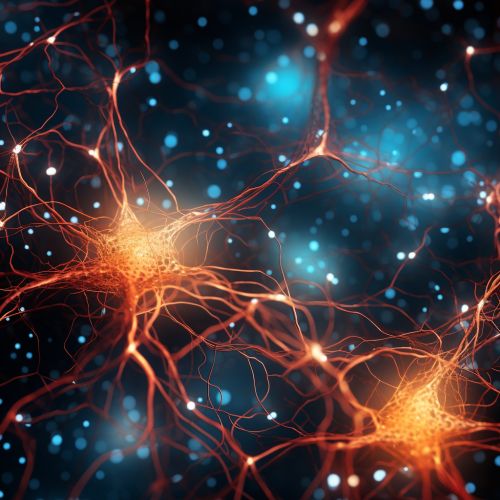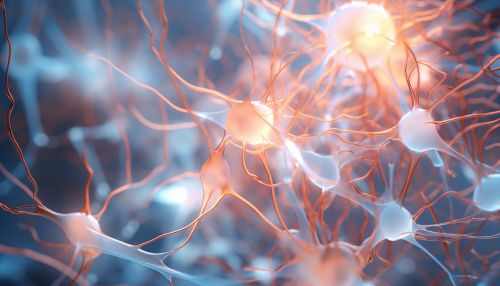The Role of Epigenetic Modifications in Neurodevelopmental Disorders
Introduction
Epigenetic modifications play a crucial role in the development and function of the nervous system. These modifications, which include DNA methylation, histone modification, and non-coding RNA molecules, regulate gene expression without altering the DNA sequence. In recent years, there has been increasing evidence that epigenetic dysregulation is associated with neurodevelopmental disorders (NDDs), including autism spectrum disorder, intellectual disability, and attention deficit hyperactivity disorder. This article will explore the role of epigenetic modifications in these disorders, providing a detailed overview of the current state of research in this field.


DNA Methylation and Neurodevelopmental Disorders
DNA methylation, one of the most extensively studied epigenetic modifications, involves the addition of a methyl group to the DNA molecule, typically at a cytosine residue. This modification can repress gene expression by preventing the binding of transcription factors and other regulatory proteins to the DNA. Abnormal DNA methylation patterns have been implicated in several neurodevelopmental disorders.
Autism Spectrum Disorder
Autism spectrum disorder (ASD) is a neurodevelopmental disorder characterized by impaired social interaction, communication difficulties, and repetitive behaviors. Several studies have identified abnormal DNA methylation patterns in individuals with ASD. For example, hypermethylation of the oxytocin receptor gene, which is involved in social behavior, has been observed in the brain tissue of individuals with ASD. This suggests that DNA methylation may contribute to the social impairments observed in this disorder.
Intellectual Disability
Intellectual disability (ID) is characterized by significant limitations in intellectual functioning and adaptive behavior. Abnormal DNA methylation patterns have also been observed in individuals with ID. For example, mutations in the MECP2 gene, which encodes a protein that binds to methylated DNA and represses transcription, cause Rett syndrome, a severe form of ID. This suggests that DNA methylation plays a crucial role in cognitive function.
Attention Deficit Hyperactivity Disorder
Attention deficit hyperactivity disorder (ADHD) is characterized by persistent patterns of inattention, hyperactivity, and impulsivity. Several studies have reported abnormal DNA methylation patterns in individuals with ADHD. For example, hypermethylation of the DRD4 gene, which encodes a dopamine receptor, has been associated with ADHD. This suggests that DNA methylation may contribute to the neurobiological basis of this disorder.
Histone Modification and Neurodevelopmental Disorders
Histone modifications, including acetylation, methylation, and phosphorylation, regulate gene expression by altering chromatin structure. Abnormal histone modification patterns have been implicated in several neurodevelopmental disorders.
Autism Spectrum Disorder
Several studies have reported abnormal histone modification patterns in individuals with ASD. For example, reduced histone acetylation has been observed in the postmortem brain tissue of individuals with ASD. This suggests that histone modification may contribute to the pathophysiology of this disorder.
Intellectual Disability
Abnormal histone modification patterns have also been observed in individuals with ID. For example, mutations in the KMT2D gene, which encodes a histone methyltransferase, cause Kabuki syndrome, a rare form of ID. This suggests that histone modification plays a crucial role in cognitive function.
Attention Deficit Hyperactivity Disorder
Several studies have reported abnormal histone modification patterns in individuals with ADHD. For example, reduced histone acetylation has been associated with ADHD. This suggests that histone modification may contribute to the neurobiological basis of this disorder.
Non-Coding RNA and Neurodevelopmental Disorders
Non-coding RNAs, including microRNAs and long non-coding RNAs, regulate gene expression at the post-transcriptional level. Abnormal non-coding RNA expression has been implicated in several neurodevelopmental disorders.
Autism Spectrum Disorder
Several studies have reported abnormal non-coding RNA expression in individuals with ASD. For example, overexpression of the microRNA miR-137, which targets several genes involved in neuronal development, has been associated with ASD. This suggests that non-coding RNAs may contribute to the pathophysiology of this disorder.
Intellectual Disability
Abnormal non-coding RNA expression has also been observed in individuals with ID. For example, overexpression of the long non-coding RNA BDNF-AS, which negatively regulates the brain-derived neurotrophic factor gene, has been associated with ID. This suggests that non-coding RNAs play a crucial role in cognitive function.
Attention Deficit Hyperactivity Disorder
Several studies have reported abnormal non-coding RNA expression in individuals with ADHD. For example, underexpression of the microRNA miR-132, which targets several genes involved in neuronal development, has been associated with ADHD. This suggests that non-coding RNAs may contribute to the neurobiological basis of this disorder.
Conclusion
Epigenetic modifications, including DNA methylation, histone modification, and non-coding RNA expression, play a crucial role in the development and function of the nervous system. Abnormal epigenetic regulation has been implicated in several neurodevelopmental disorders, including ASD, ID, and ADHD. Further research is needed to fully understand the role of epigenetic modifications in these disorders and to develop potential therapeutic strategies.
